Date: 19 March 2007
With Life Cycle Cost as the primary sales point for Pneumofore vacuum pumps, we design our systems as the best available solution both for improved productivity and for environmental sustainability.
Vacuum is used for hollow glass moulding and for coating processes as well as for cold-end handling. By fine-tuning glass production processes with vacuum, productivity is increased through higher moulding speeds, lower rejection rates in hollow glass lines, and less stages of vacuum systems in flat glass coating. Considering the total amount of energy consumed by glass plants, however, vacuum supply generally represents less than 1% in terms of kWhs consumed. Filtration of gasses, waste treatment, and heat for ovens are far higher priorities.
Still, Pneumofore’s vacuum solutions offer significant means to lower energy expenses and carbon emissions. Theory and practice demonstrate this in the experience of 13 customers who upgraded from liquid ring vacuum pumps to Pneumofore’s rotary vane pumps. Together, these installations annually achieve energy savings in the order of 1 Million Euros and 5.000 tons less CO2 released into the atmosphere. How?
For starters, UV vacuum pumps reduce the Life Cycle Cost of a system by cutting down the need for maintenance, repairs, oil consumption, cooling expenses and other regular cost factors. But far more importantly, the UV series realize high energy efficiency by consuming 25-50% less electricity than other technologies. Because energy usage represents about three quarters of an installation’s Life Cycle Cost over a period of 10 years, the impact of UV pumps on energy savings is dramatic.
In the year 2005, Pneumofore won 13 out of 16 contracts in which our air-cooled rotary vane UV pumps were directly compared to liquid ring vacuum pumps. UV pumps achieved a 50% reduction of absorbed power against liquid ring pumps, assuming conditions of 100 mbar(A) and 38 °C cooling water temperature. The average capacity per installation was 100 kW when consisting of rotary vane pumps, half the capacity required with liquid ring pumps. At an average cost of 0,1 Euro / kWh, this amounts to annual energy savings of 80.000 Euros per installation (0,1 [euro / kWh] x 8000 [hours / year] x 100 [kW]).
When defining the ROI of a vacuum system as the investment cost divided by the monthly energy savings, investors will consider a ROI of 18 to 24 months especially if the equipment warranty is three or even five years, as it is the case of for Pneumofore pumps. The list price for 100 kW UV pumps with all required accessories is around 120.000 Euros. For the 13 installations mentioned above, therefore, the average ROI is 15 months – a highly attractive proposition for purchasing managers.
Regarding environmental impact, the facts are equally compelling. Worldwide, electricity is produced mostly through plants fired by coal, gas, or oil. In Europe, where some of the carbon emissions are offset by nuclear and renewable energy, average emissions are estimated to be 500 g of CO2 for every consumed kWh. In the case of each glass work choosing Pneumofore pumps instead of liquid ring technology, the carbon emissions are therefore lowered by 400.000 kg per year (100 [kW] x 8.000 [hours / year] x 0,5 [kg / kWh]). The 13 existing installations running UV systems emit 400.000 kg x 13 installations = 5.200.000 kg less CO2 in the atmosphere per year.
Pneumofore appreciates the market’s enthusiastic response to our technology. Our engineers continue to provide high performing, cost-effective, environmentally friendly solutions for the vacuum needs of the global glass community.

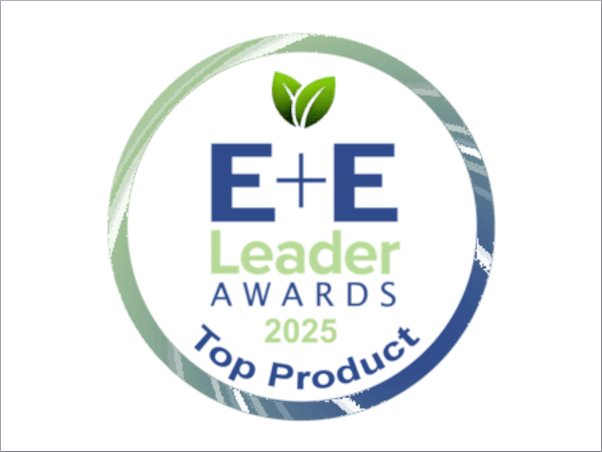
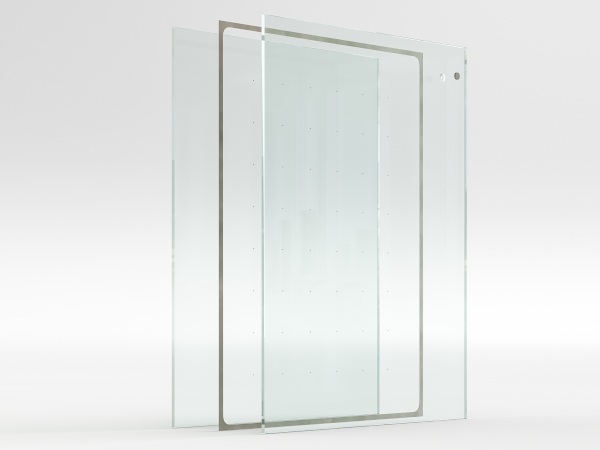
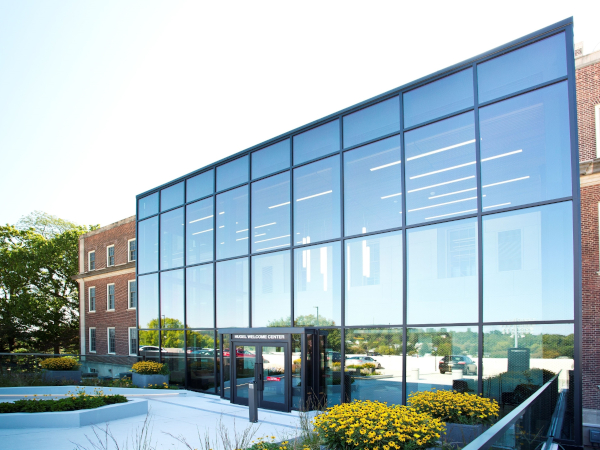
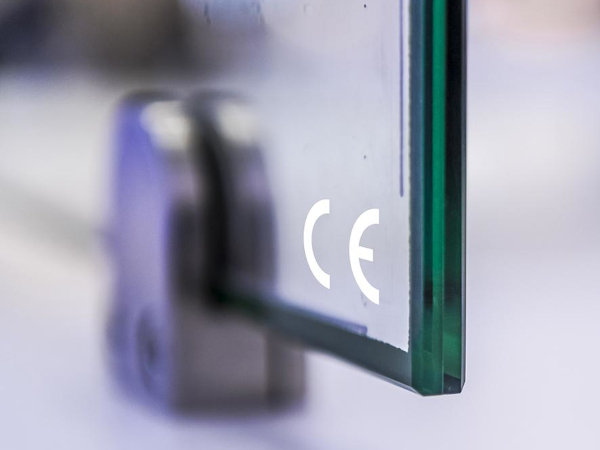
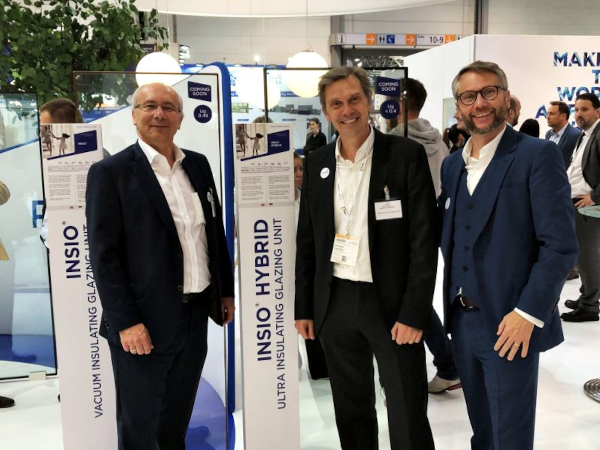



Add new comment